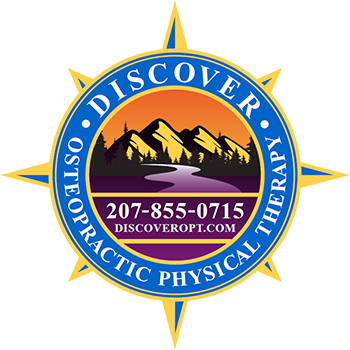Free Resources
Receive a free video showing you how to target the upper body, lower body, and core muscles quickly and efficiently at home. Provide your contact info and the video will be sent directly to your email inbox.
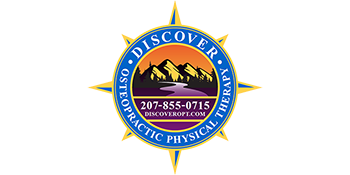
Self Help Series: Bunions
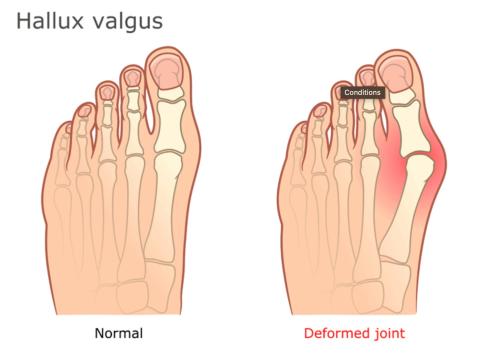 Hallux valgus, otherwise known as bunions, is a very common foot condition that causes malalignment at the base of the great toe and is usually accompanied by a fair amount of discomfort. This condition tends to affect middle aged women the most.
Hallux valgus, otherwise known as bunions, is a very common foot condition that causes malalignment at the base of the great toe and is usually accompanied by a fair amount of discomfort. This condition tends to affect middle aged women the most.
Self Help Series: Lateral Elbow Pain
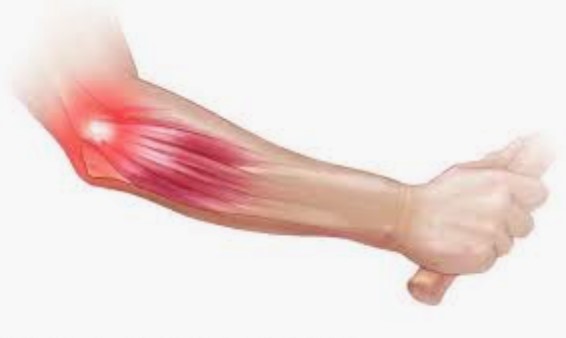 Lateral elbow pain is often times referred to as tennis elbow and is synonymous with the terms lateral epicondylitis and lateral epicondylalgia1. Most cases of lateral elbow pain are due to injury comprising one or more of the muscles in the common extensor group - usually the extensor carpi radialis. It is important to perform a thorough clinical examination and identify other possible causes of lateral elbow pain such as ligamentous instability, joint arthritis, nerve entrapment, or pain referral from the cervical spine. In most scenarios, imaging such as x-rays and MRIs are not necessary.
Lateral elbow pain is often times referred to as tennis elbow and is synonymous with the terms lateral epicondylitis and lateral epicondylalgia1. Most cases of lateral elbow pain are due to injury comprising one or more of the muscles in the common extensor group - usually the extensor carpi radialis. It is important to perform a thorough clinical examination and identify other possible causes of lateral elbow pain such as ligamentous instability, joint arthritis, nerve entrapment, or pain referral from the cervical spine. In most scenarios, imaging such as x-rays and MRIs are not necessary.
How to treat your shoulder pain naturally, without pills, injections, or surgery
9 Expert Tips for Shoulder Pain
By: Dr. Anna Staehli Wiser, DPT, FAAOMPT
The shoulder joint is one of the most mobile joints in the body. Mobility at this joint is very important for being able to do things like reach across your body to put on your seatbelt, reach behind you to tuck in your shirt, and reach overhead to retrieve dishes from the top shelf. Having so much mobility can put this joint at risk for injury. In order to attain such high levels of mobility, the glenohumeral (shoulder) joint must be somewhat shallow as compared to other ball and socket joints in the body such as the hip.
Self Help Series: Headaches
 Headaches are a very common problem. According to the World Health Organization, headache disorders were found to be the third highest cause worldwide of working years lost due to disability1. When headache pain becomes debilitating, people usually say they have a migraine. According to the International headache Society (IHS), the most common type of migraine is without aura and is classified as typically “unilateral in location, pulsating in quality, moderate to severe in intensity, aggravated by physical activity, and associated with nausea and light and sound sensitivity (photophobia and phonophobia)”2.
Headaches are a very common problem. According to the World Health Organization, headache disorders were found to be the third highest cause worldwide of working years lost due to disability1. When headache pain becomes debilitating, people usually say they have a migraine. According to the International headache Society (IHS), the most common type of migraine is without aura and is classified as typically “unilateral in location, pulsating in quality, moderate to severe in intensity, aggravated by physical activity, and associated with nausea and light and sound sensitivity (photophobia and phonophobia)”2.
Self Help Series: Neck Pain
 Neck pain is a widespread condition, with a high prevalence in the general population. “Among all musculoskeletal disorders, low back pain (ranked first) and neck pain (ranked fourth) are the most common worldwide”1. According to the World Health Organization (WHO), about 222 million people experience neck pain in any given year. It is estimated that approximately 50% to 85% of people will experience neck pain at some point in their lives1.
Neck pain is a widespread condition, with a high prevalence in the general population. “Among all musculoskeletal disorders, low back pain (ranked first) and neck pain (ranked fourth) are the most common worldwide”1. According to the World Health Organization (WHO), about 222 million people experience neck pain in any given year. It is estimated that approximately 50% to 85% of people will experience neck pain at some point in their lives1.
Self Help Series: Low Back Pain
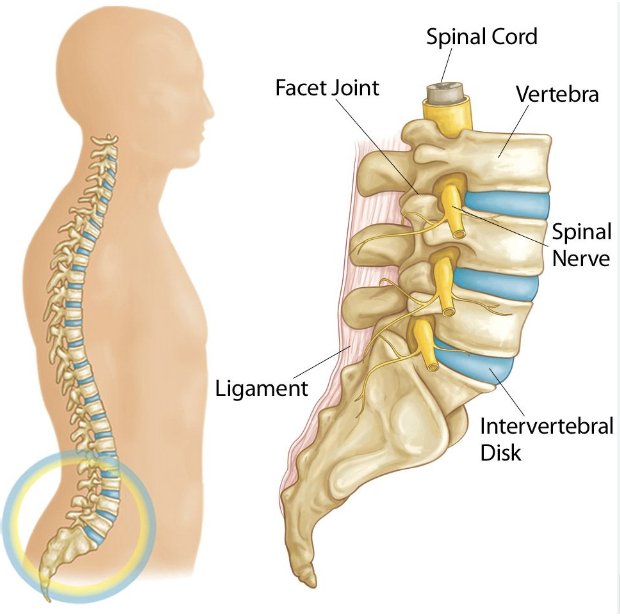 Low back pain (LBP) is a prevalent and complex health issue that affects a significant proportion of the global population. As one of the leading causes of disability worldwide, LBP poses not only a substantial burden on individuals but also on healthcare systems and economies.
Low back pain (LBP) is a prevalent and complex health issue that affects a significant proportion of the global population. As one of the leading causes of disability worldwide, LBP poses not only a substantial burden on individuals but also on healthcare systems and economies.
Self Help Series: Lateral Hip Pain
 The hip is a ball-and-socket joint, and it is one of the largest and most stable joints in the human body. It plays a crucial role in supporting the weight of the body and facilitating various movements, including walking and running. The socket or acetabulum sits within the pelvis, and the ball is the proximal end of the thigh bone or femoral head. The muscles around this joint are very important for providing stability through the hip and pelvis during standing and walking activities. Injury to the gluteal muscles, primarily the gluteus medius, can cause major disruption to the stability of the hip which can then lead to alterations in walking mechanics as well as pain in the lower back and knee.
The hip is a ball-and-socket joint, and it is one of the largest and most stable joints in the human body. It plays a crucial role in supporting the weight of the body and facilitating various movements, including walking and running. The socket or acetabulum sits within the pelvis, and the ball is the proximal end of the thigh bone or femoral head. The muscles around this joint are very important for providing stability through the hip and pelvis during standing and walking activities. Injury to the gluteal muscles, primarily the gluteus medius, can cause major disruption to the stability of the hip which can then lead to alterations in walking mechanics as well as pain in the lower back and knee.
Self Help Series: Plantar Fasciitis
The term plantar fasciitis is synonymous with debilitating pain at the instep of the foot and heel. The plantar fascia (PF) is a band of thick fibrous connective tissue that supports the longitudinal arch of the foot. It attaches to the medial calcaneal tubercle on the bottom of the heel. When the connective tissue becomes stressed beyond it’s limits due to aggressive activity such as running, jumping, or prolonged standing, the fibers can become torn. Over-stress to the tissue can also occur due to inadequate foot structure or faulty mechanics of the foot and ankle joints. PF tears usually occur right at the attachment point (enthesis) at the medial calcaneal tubercle. This is why most people experience so much pain in the heel. Pain is usually worse with initial standing in the morning, or after periods of inactivity. Pain also can intensify with any prolonged standing activity.
